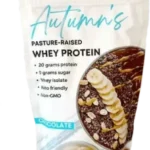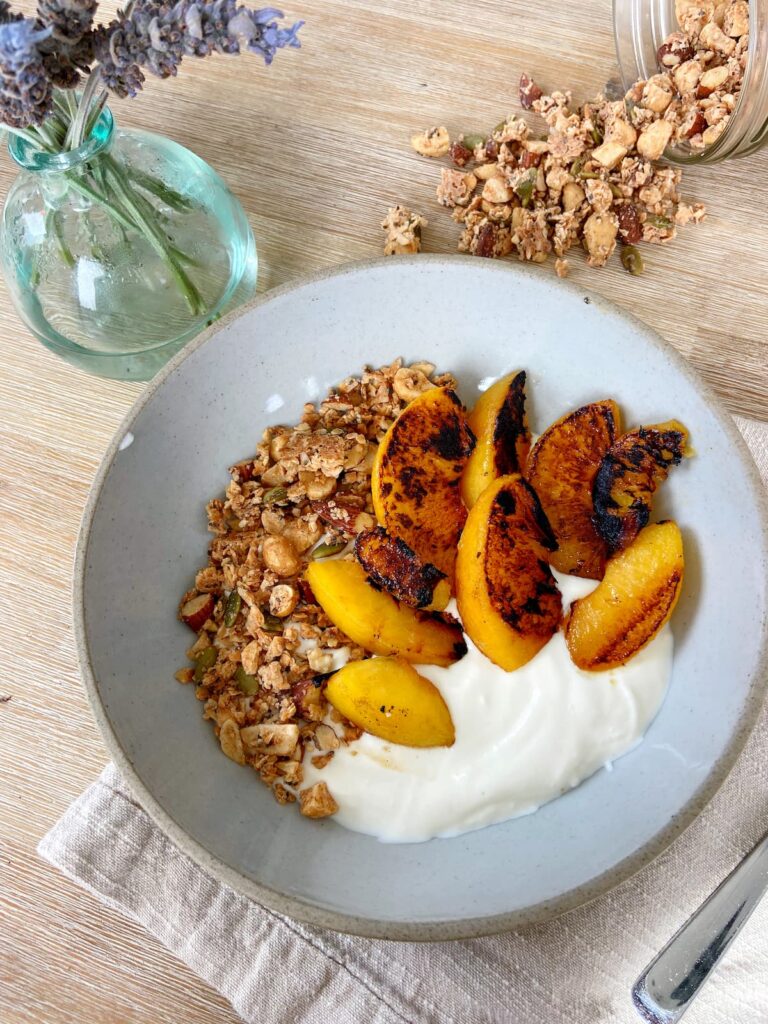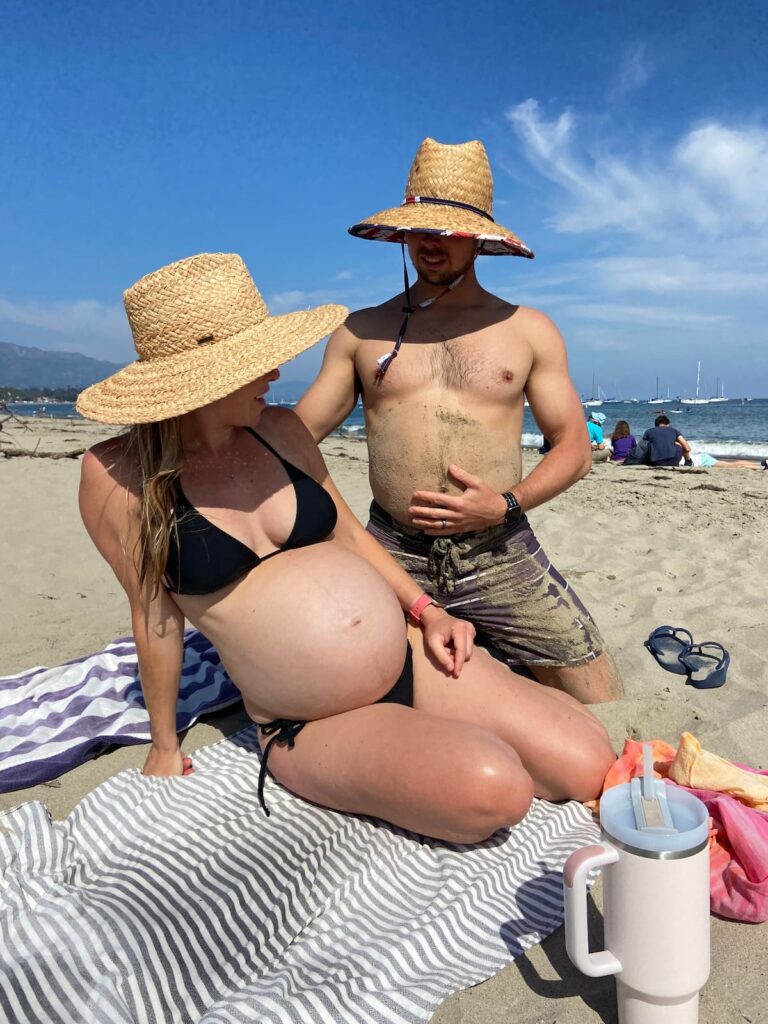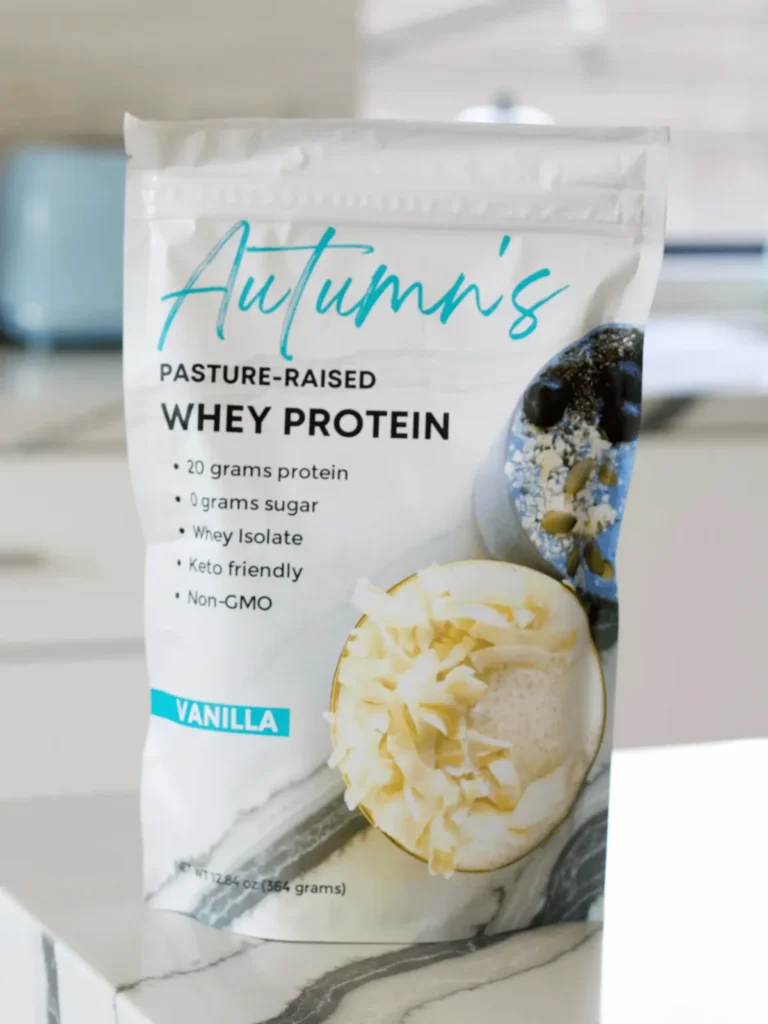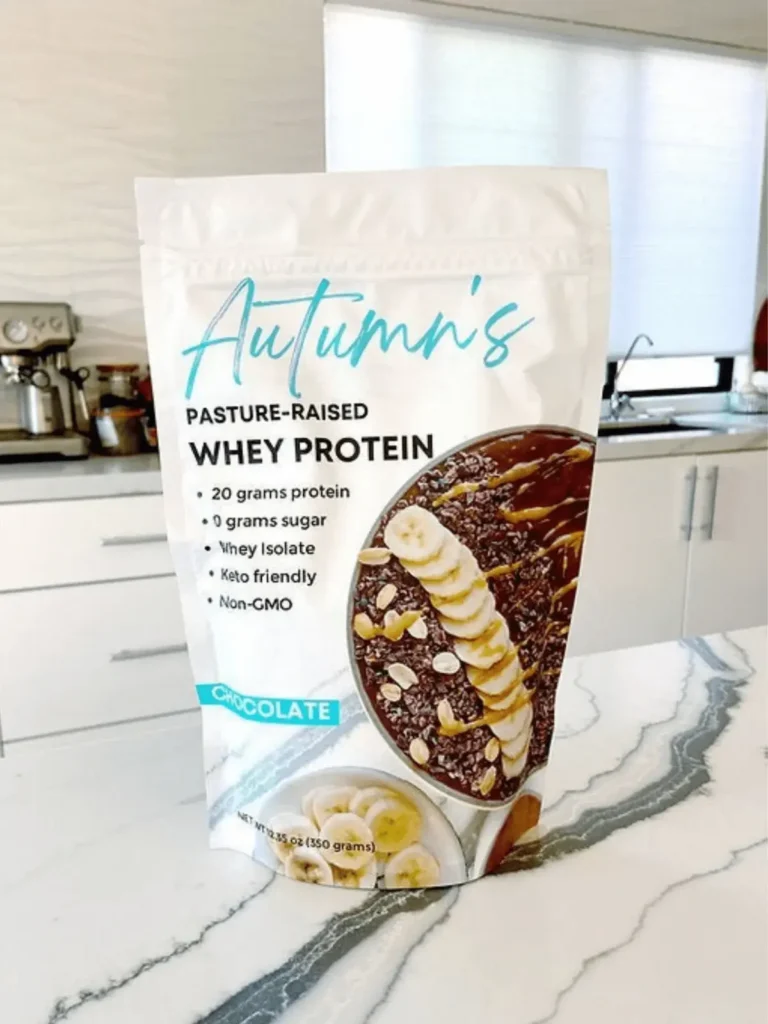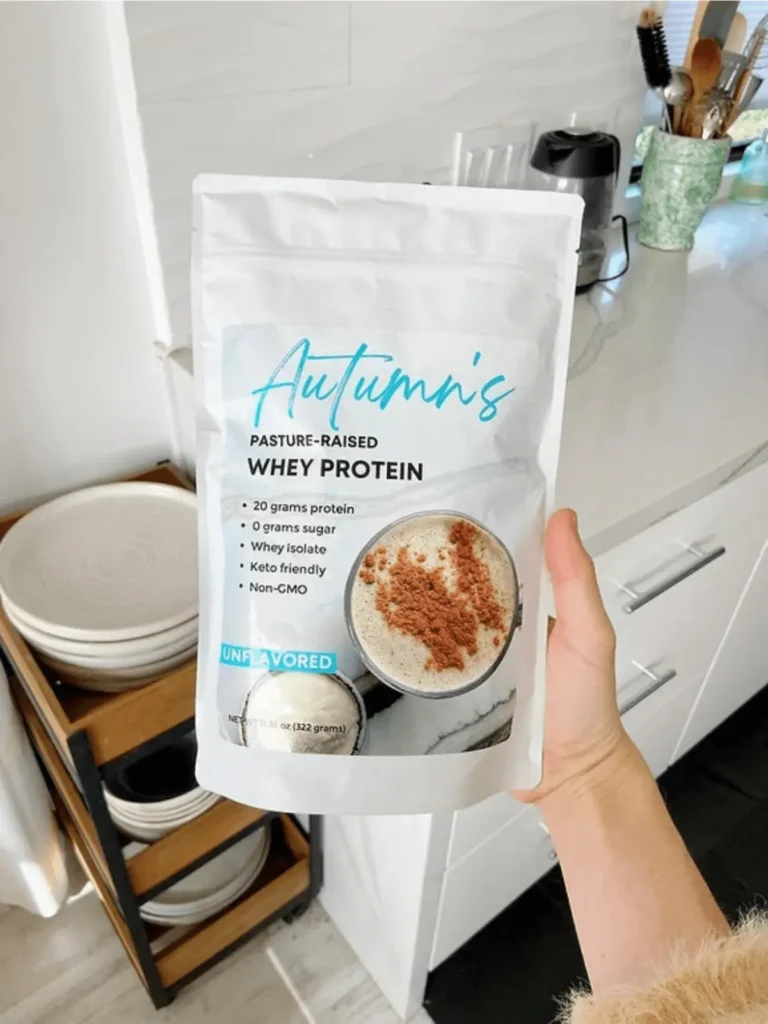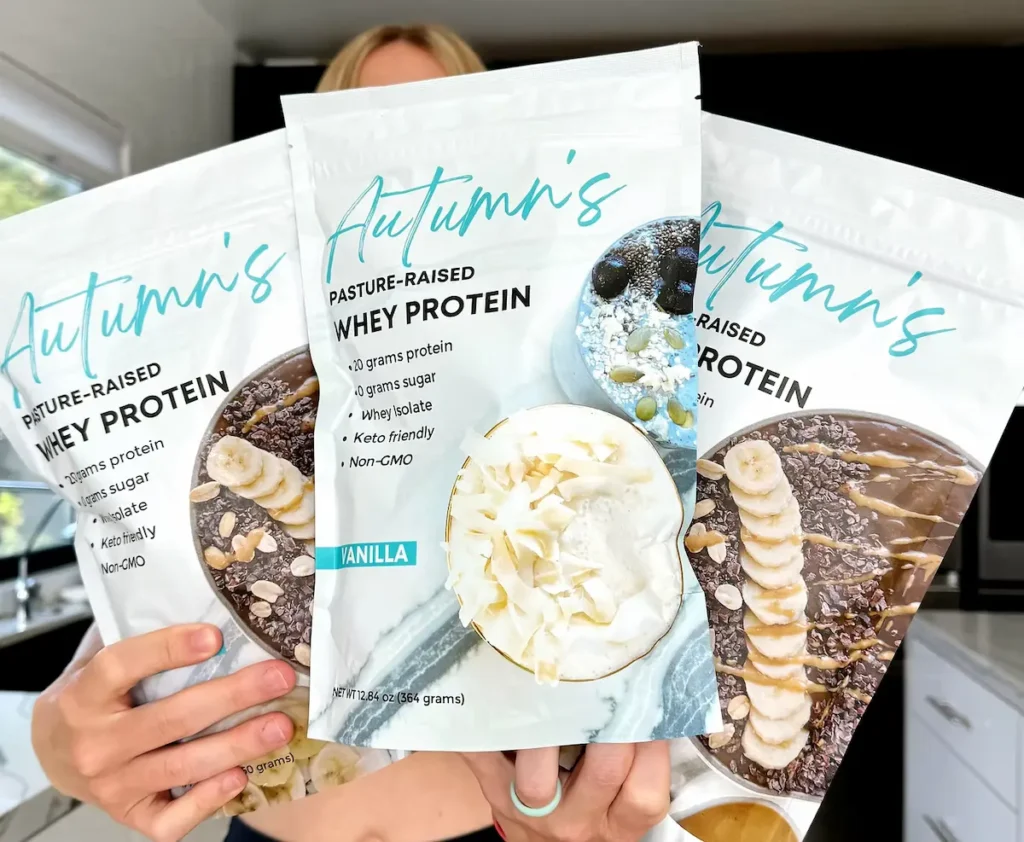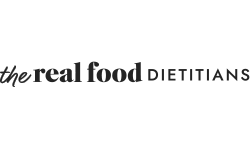Technically, you can lose weight while eating bread. However, it’ll probably make it a lot harder. Here’s what you need to know.
“I. LOVE. BREAD.”
Who HASN’T seen that meme of Oprah, declaring her love of bread? If you haven’t seen it yet, google “Oprah loves bread” for some amusing memes. I’ll wait.
Bread has an interesting history, especially in the weight loss world. Depending on who you talk to, bread could be a staple ingredient in your weight loss routine or it could be the bane of your (weight loss) existence.
Today, I’m breaking down the two theories of weight loss and whether or not bread is something that will HELP or HURT your weight loss goals.
But First… What Causes Weight Gain/Loss?
In order to understand why some people can in good faith promote bread on a weight loss protocol, you have to understand the two main theories of how we lose weight. The first is called the Energy Balance Theory. The Energy Balance Theory is more commonly known as “calories in calories out” (CICO). The CICO theory relies on you consuming less calories than you “burn” in order to achieve a weight loss goal. According to the CICO theory, all calories are the same, and as long as you consume less calories than you burn, you will lose weight. As a result of this theory, you will find a multitude of methods to calculate your “energy needs” (each with extremely varying results, mind you) in order to determine how many calories you SHOULD take in to be in an energy “deficit” and lose weight.
The alternative theory of weight loss is called the Carbohydrate Insulin Model aka CIM. This theory explains that all food is NOT created equal and that each food type has an inherently different effect on our hormones that dictate whether we will store fat or burn it as fuel. Variations of this theory has been studied for over one hundred years and is by no means a new theory.
The Problem With CICO
CICO may make mathematical sense, but it makes one very serious error: it doesn’t take into effect what happens once we actually eat food and it enters our blood supply.
A basic physiology class will let you know that each compound in our food has a different effect on how our body responds. For example, carbohydrates get broken down into their simple form of glucose (for the most part) and this glucose stimulates the release of the storing hormone insulin. When you consume fat, on the other hand, your body does not significantly release insulin, rather the fat signals the satiety hormone cholecystokinin (CCK) to be released, making you feel full. Carbohydrates have zero effect on CCK and satiety.
With this simple example in mind, a higher consumption of carbohydrates leads to increased release of the fat storing hormone insulin. On the other hand, a higher consumption of fat leads to nearly zero release of the storing hormone insulin, and instead makes you feel full and does not inspire further eating as a result. CICO does not factor this basic physiology in. Instead, this physiological response to food is the basic premise of CIM. I dive much deeper into the details of the difference between CIM and CICO with the video below.
So… What About Bread?
Let’s take a look at the specifics of bread. For the sake of simplicity, I’m going to take a look at the “healthier” option of whole wheat bread and leave white bread completely out of this discussion.
Let’s assume you wanted to make a sandwich using two slices of whole wheat bread. These two pieces of bread combined will only contain around 181 calories. If you’re following the CICO ideology, this would make bread an appealing option. 181 calories, that’s pretty low right??
Now let’s use the CIM theory of weight loss and take a look at those same two slices of whole wheat bread. Those two slices of bread will come in at around 31g of carbohydrates with roughly 4g of fiber. Although whole wheat bread can contain a bit of protein, it’s fairly low in satiating fat, coming in at around 2g of fat. Not only is this a high carbohydrate food, it also has a high glycemic index (for 50g of bread or around 1.5 slices of bread) that is nearly identical to white bread, coming in at around 74 on the glycemic index scale.(1) This means your body will have a rather high spike in insulin in response to 1.5 slices (50g) of whole wheat bread and cause your body to be in storing mode, not fat burning mode.
No More Bread?
The interesting thing to note is that everyone is different in how they respond to carbohydrates. Some people are “hyper secreters” of insulin. This means that they release MORE insulin than most people in response to the same amount of carbohydrates, which makes losing weight with carbohydrates in the diet more difficult (or nearly impossible). This is why some people can have a high carb food item, like bread, and still lose weight, while others can’t include it at all.
The important factor to consider is that you need to find your own carbohydrate tolerance in order to achieve your weight loss goal. This concept is utilized in the Advanced Weight Loss Strategies in the Complete Intermittent Fasting Bundle in order to achieve your weight loss goals. You can grab the deets on the Bundle HERE.
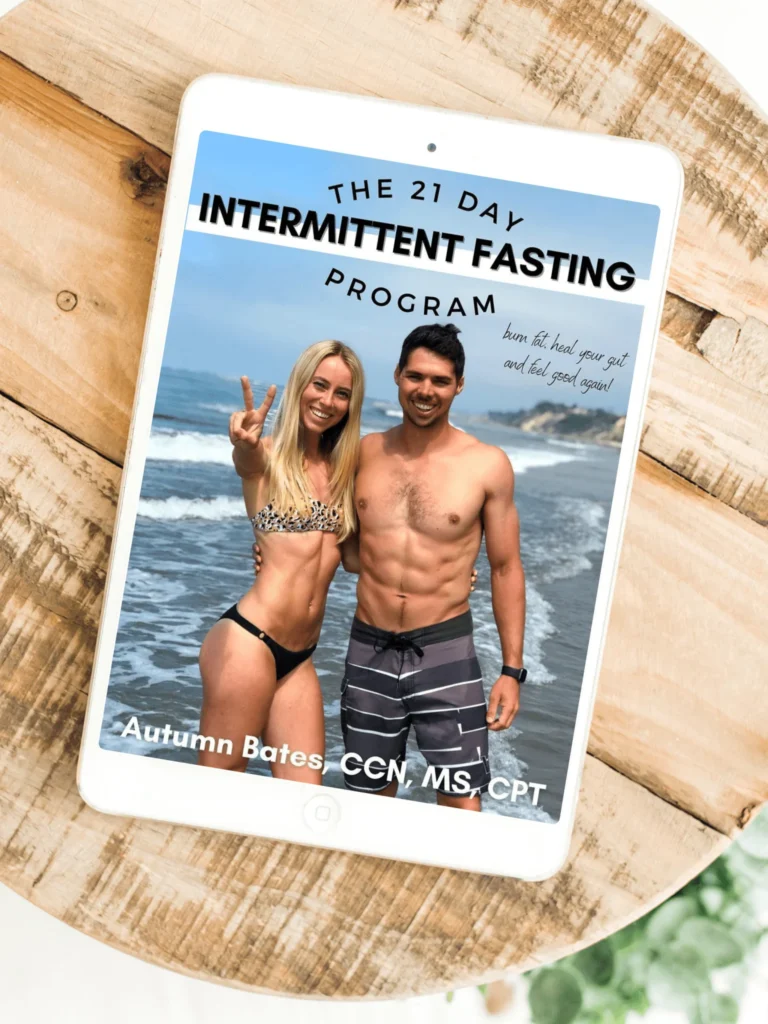
Tap into fat burning
The 21 Day Intermittent Fasting Program
The 21 Day Intermittent Fasting Program provides step-by-step strategies to help you use Intermittent Fasting with delicious, protein-packed meals to support fat loss, reduce hunger, and boost gut health.
